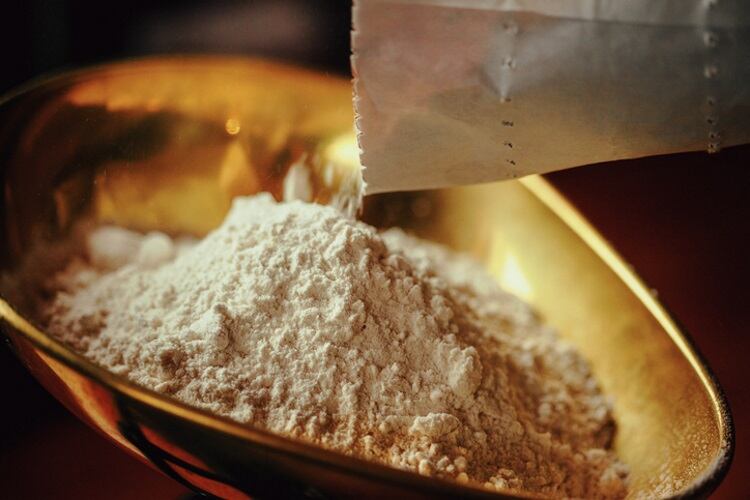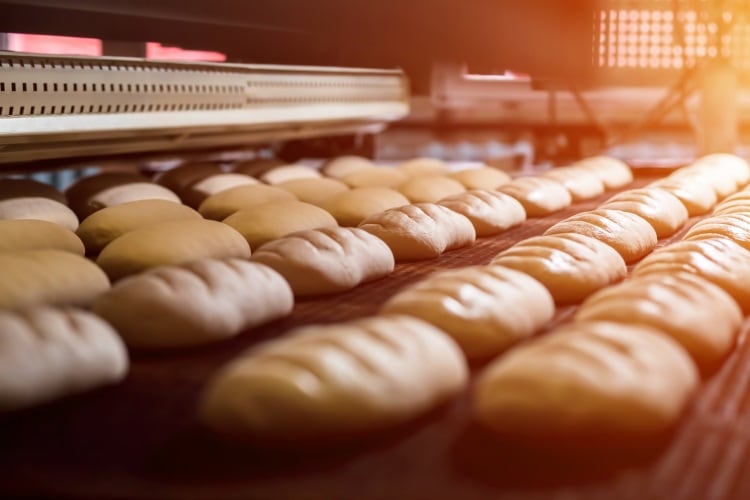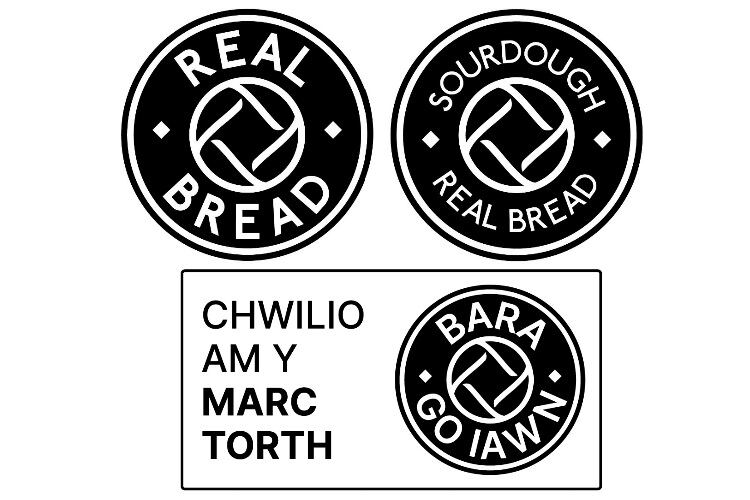Baker’s math is a system of calculating ingredient ratios that makes up any type of recipe, be it for a pillowy and slightly sweetened enriched bread or a classic baguette with its typical brittle crust.
It’s particularly helpful for a craft baker wanting to adapt and scale up that recipe handed down the generations, to assess a formulation and spot any gross errors, and to determine what the baked result might be like. It’s also the way bakers communicate with one another when sharing formulas.
Baker’s math is essentially easy to understand, as long as weights and percentages are kept in mind.
The weight of baking
The cornerstone is based on the total weight of flour a formula contains, while the individual weight of each ingredient – water, salt, preferment or mother dough, inclusions – is a percentage of that total flour weight. There are three rules:
Firstly, the total weight of the flour – be it 100g or 250g – always equals 100%. Secondly, the weight of every other ingredient is a percentage of that flour weight, and thirdly, the two combined calculate the total percentage of the dough.
The addition of other flour varieties – say 20g rye flour to 100g wheat flour, which makes a total flour weight of 120g – is still represented as 100%.
total weight of ingredient
ingredient percentage = ---------------------------------- x 100
total weight of flour
To calculate the hydration percentage of a recipe, which results in a more open crumb, divide the total weight of the water by the total weight of the flour and multiply it by 100.
For example, a high hydration (80%) loaf comprises 100g of flour and 80ml of water = total percentage is 180%.
So, to make a wheat/rye 80% hydration loaf: 0.8 (80% water converted to a decimal) x 120 (total weight of combined flours in grams) = 96g of water is required.
The method is the same to add 2% salt: 0.02 x 120g (of the base flours) = 2.4g
The total weight of the dough is thus 100g wheat flour + 20g rye flour + 96g water + 2.4g salt = 218.4g of dough, while the total percentage of the dough has increased to 182% (100% flour [80% wheat + 20% rye] + 80% water + 2% salt).
A baker must follow this method for any and all additional ingredients – butter, sugar, oil, preferment, inclusions.
Take a simple sourdough bread formula, which typically has 100% flour, 60%-100% water, around 1.8%-2.3% salt and some preferment percentage.
Note: The flour percentages must always add up to 100%. The total percentage will be more than 100%, because all the other ingredients are with respect to the flour weight – a single ingredient – rather than with respect to the weight of all the ingredients.
Steps to mix it up
Another reason to get comfortable with baker's percentages is to easily scale a recipe up or down; or to add, remove or change up ingredients.
Let’s work on the sourdough formula above, which makes two 900g loaves, a total yield of 1.800g. Now you want to make three loaves with a total yield of 2.700g.
First, add the percentages: 80% + 20% + 76% + 1.9% + 0.8% = 178.7%
To figure out the conversion factor, divide the new desired total yield by the sum of the percentages:
desired yield
Formula conversion factor = --------------------------
sum of percentages
That is: 2.700g ÷ 178.7% = 15.109 (rounded up to 15.11)
Multiply it by the percentages:
To double a recipe, the weight of each ingredients will be multiplied by two, but the percentages will stay the same – a similar concept when halving a recipe.
That special twist
Now, let’s really mix it up and add raisins or nuts, which, won’t impact a recipe for a single loaf, but can drastically change the yield when working on a bigger scale.
The beautiful thing about the baker’s percentage method is that a baker can work out the weight of these inclusions, while maintaining the total percentages of all the ingredients to create a consistent end result.
The addition of walnuts means the weights of all the other ingredients will decrease proportionally to give ‘room’ to the nuts – and still maintain a yield of 1.800g – but their percentages will remain the same.
So, again based on the simple sourdough formulation above, but with the addition of walnuts.
In this summery, the flour and water used to create a sourdough starter have not been individually added into the equation – for clarity and ease of use, the starter is being treated as a single unit. For bakers wanting to delve into the technical aspects even further, there are a wealth of organisations around the world that can assist and will freely share their resources.





